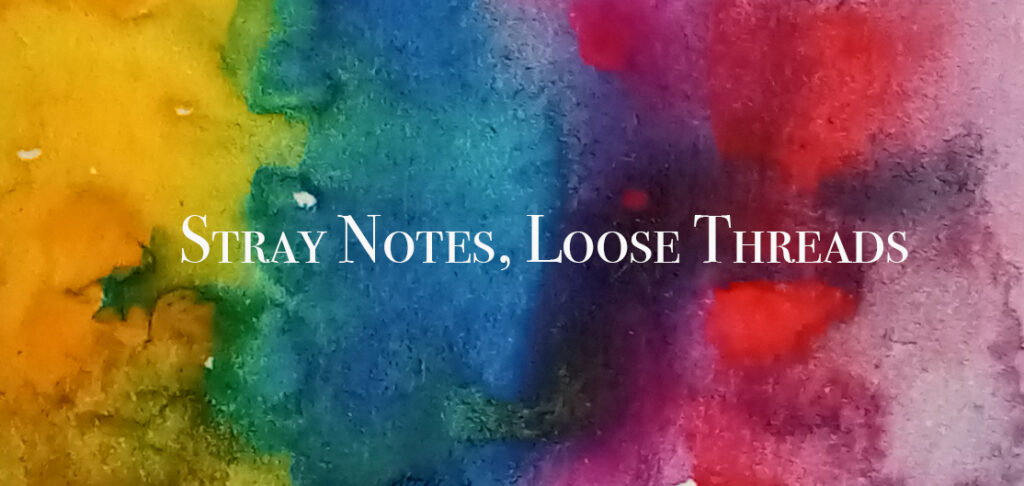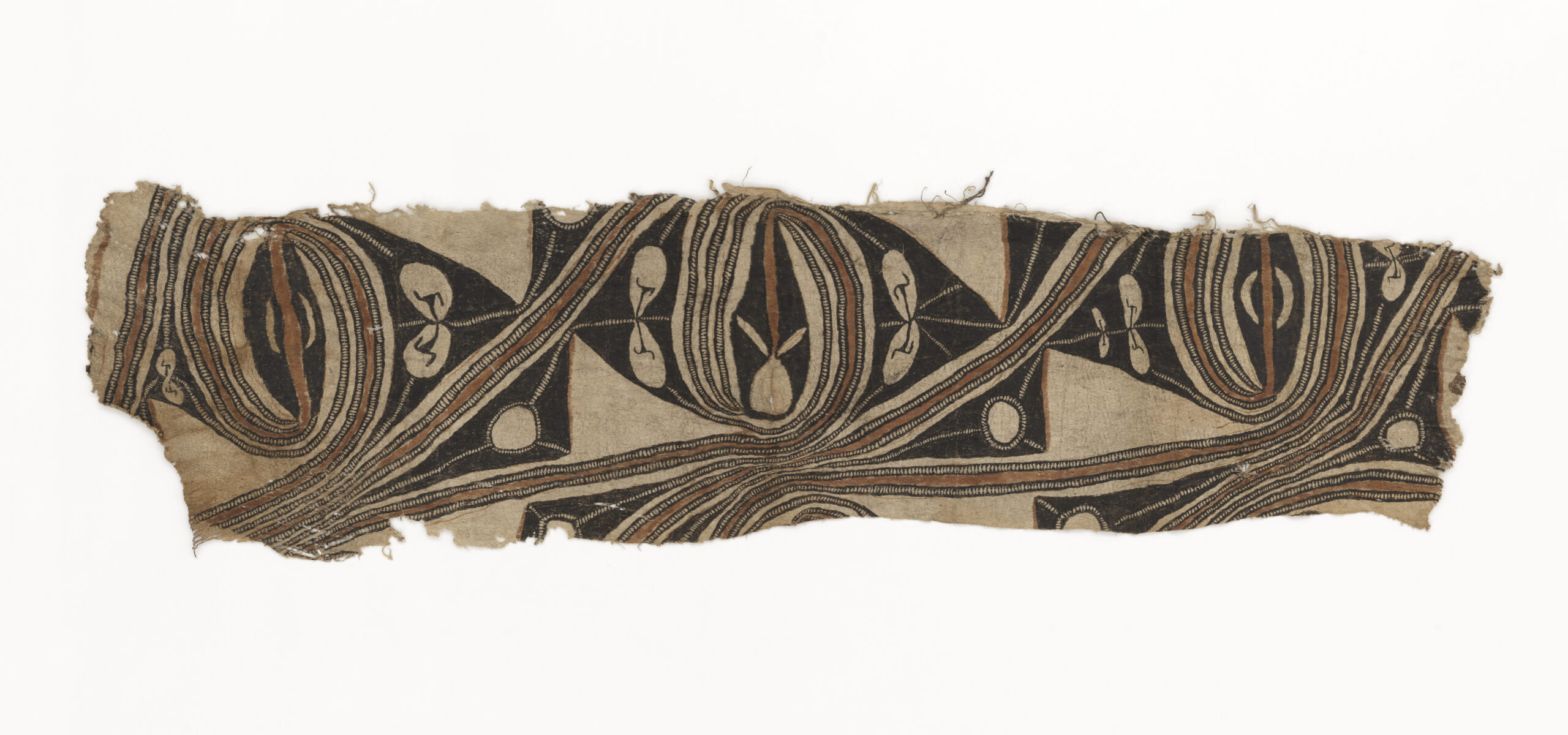Papua New Guinea, the most populous of the Pacific islands, the world’s third largest island country and the most linguistically diverse with 839 known languages, boasts rich cultures, some of which include the making of tapa (barkcloth).
Tapa is made by pounding and crushing plant material, drying the resulting layer, and then using it for costume, decoration or furnishing. Nowadays tapa is made for tourism but in the past, because of the time and energy needed to make it, the textile was used for ceremonial and sacred purposes.
In Papua New Guinea tapa is sometimes considered to be sacred. This article from 2022 points to the unauthorised commercialisation and use of the designs on tapa. It raises some interesting questions about copyright and protection, and speaks to the need for awareness of the property of others when using ideas from elsewhere.
See more:
The importance of tapa for Maisin.
A collection of Papua New Guinean tapa.
Pieces in the collection of Te Papa in New Zealand Aotearoa.
Header image: Tapa cloth, New Britain, maker unknown. The late Rev. John A Crump Collection. Gift of Mrs JA Crump, 1935. Te Papa (FE004100)


Leave a Reply